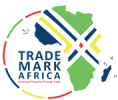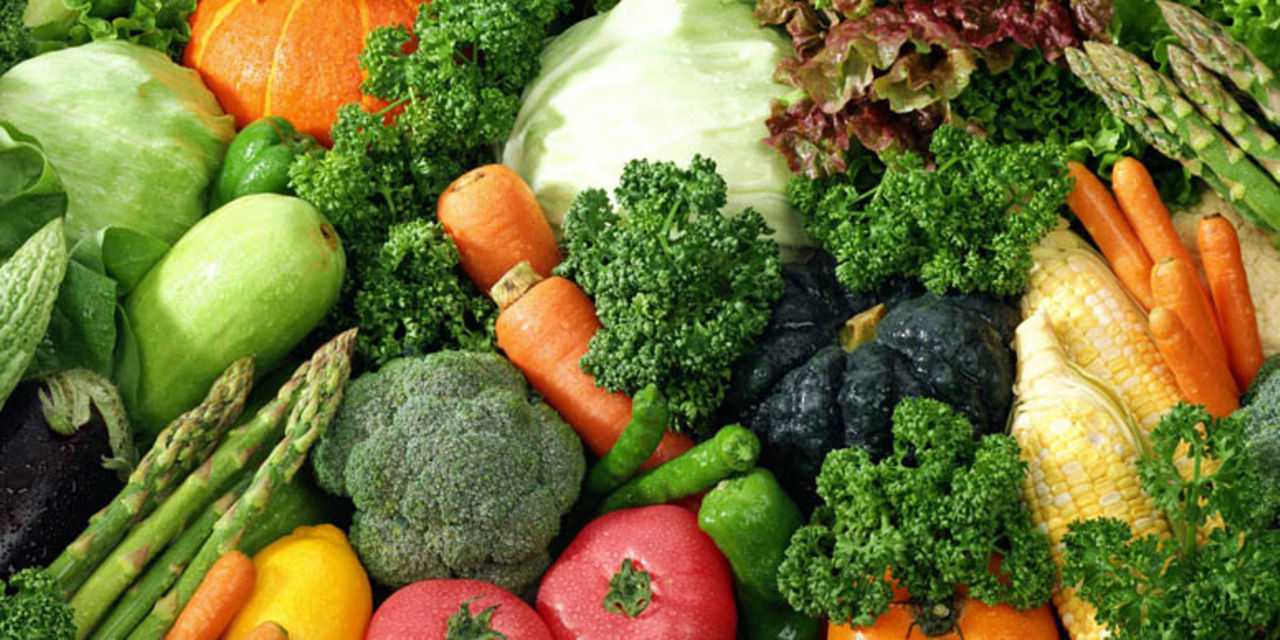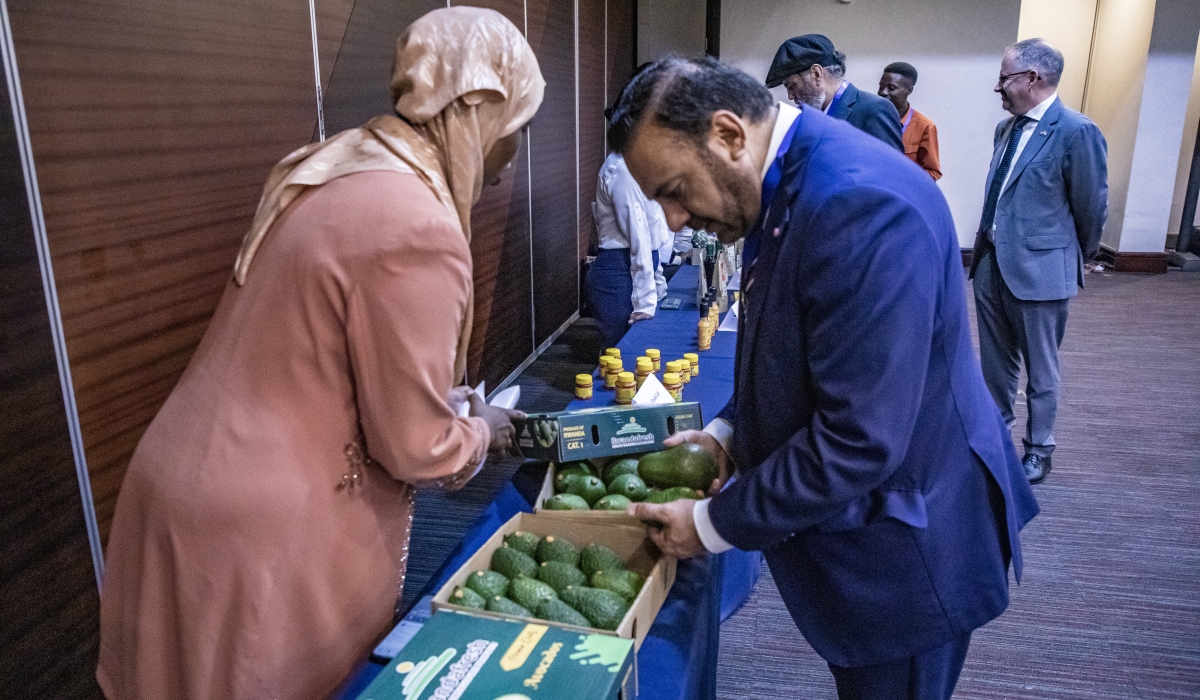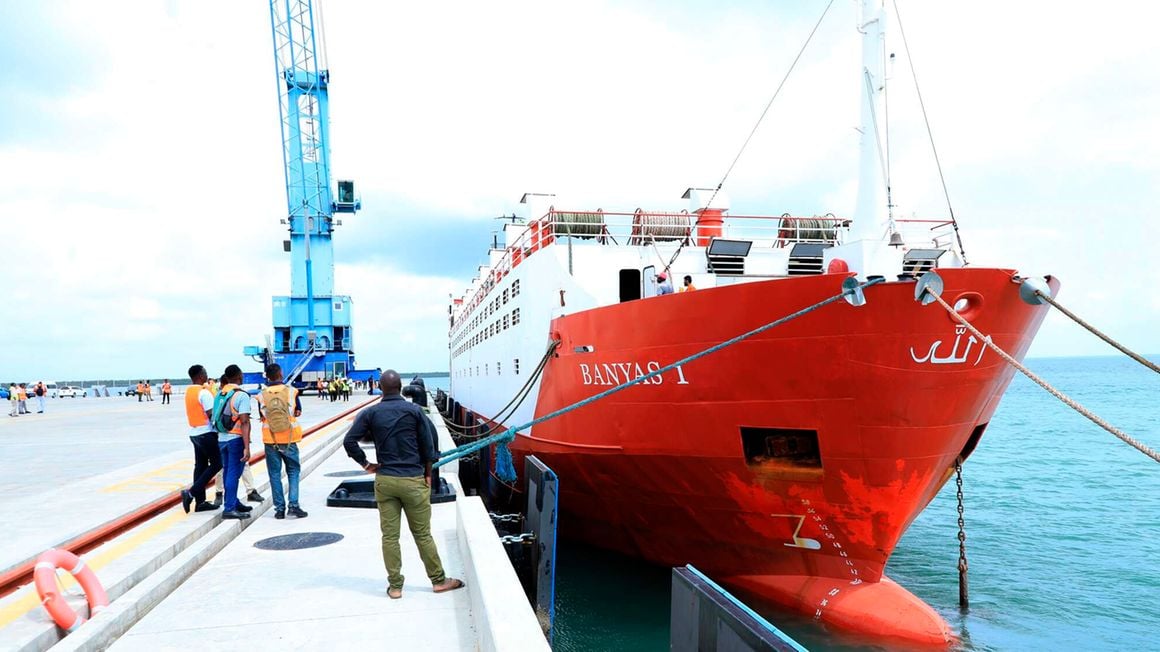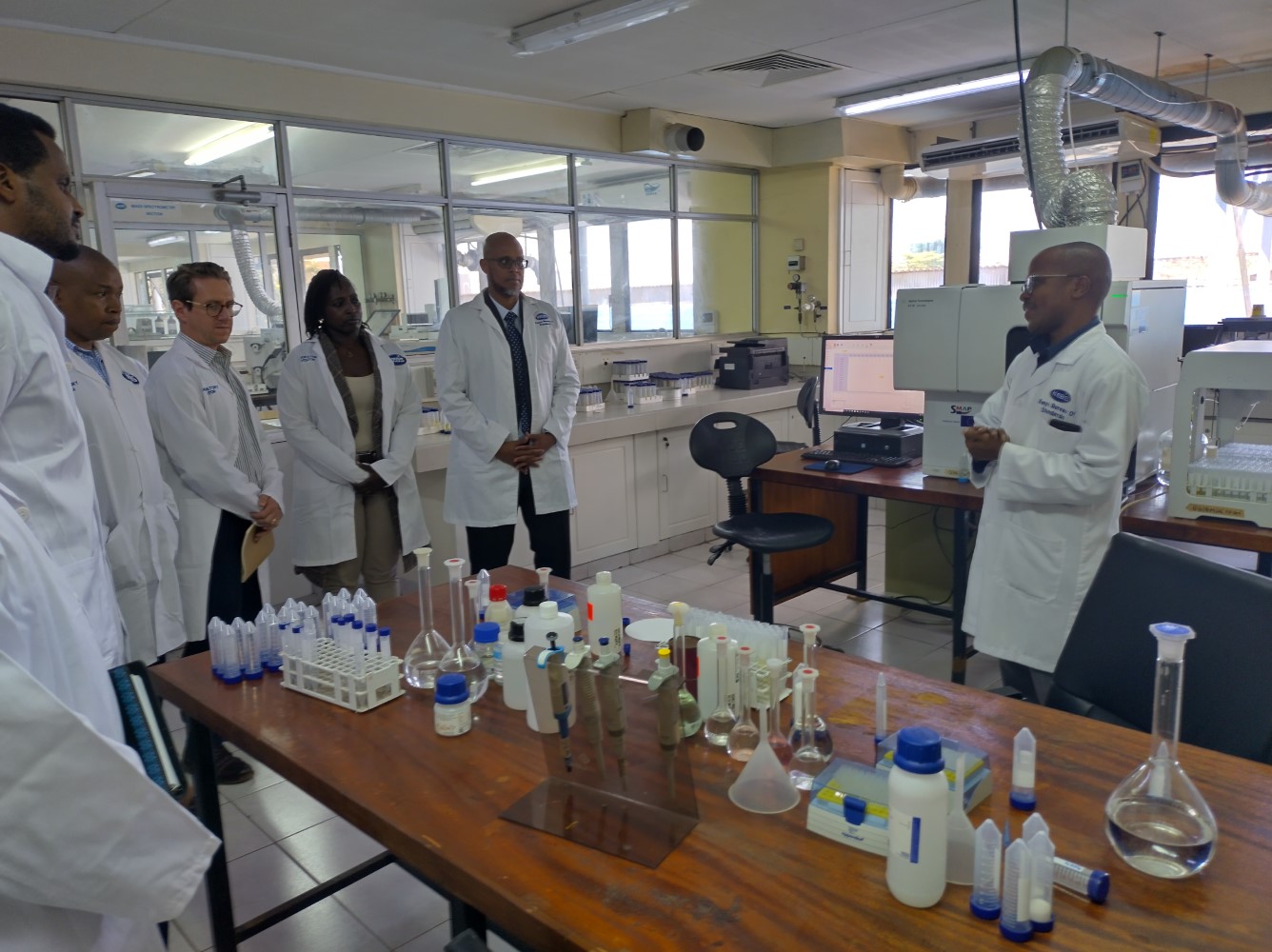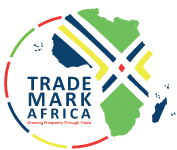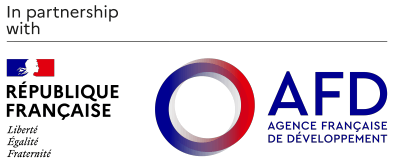Arusha. The UK has unveiled a significant package to strengthen economic ties with Tanzania, focusing on the growth of the nation’s horticulture sector. Announced on Tuesday in Arusha, the initiative promises to offer duty-free access to UK markets for Tanzanian horticultural exports, underscoring the UK’s commitment to cultivating mutually beneficial trade relations with the resource-rich nation. The announcement came during a high-profile business-to-business (B2B) event that attracted 17 horticultural exporting companies, organised by the Tanzania Horticultural Association (Taha) in partnership with the UK High Commissioner, Mr David Concar. In his opening speech, the UK’s Prime Minister’s Trade Envoy, Mr Lord Wanley, affirmed the UK’s dedication to fostering robust trade links with Tanzania. “Our nation is steadfast in its commitment to establishing fair and free trade channels with Tanzania, alongside 64 other countries within our Developing Countries Trading Scheme (DCTS),” Lord Wanley conveyed to the 17 horticultural exporting companies in attendance at the Taha headquarters. The DCTS, a hallmark of the UK’s global trade strategy, grants eligible countries duty-free market access for their exports. Highlighting the UK’s recent move to eliminate tariffs on flowers from East Africa, Lord Wanley emphasised Tanzania’s strategic advantage in capitalising on this liberalised trade framework. The United Kingdom Government temporarily eliminated the global tariff on cut flowers in April 2024, reducing it from 8 percent to zero percent from April 11, 2024, to June 30, 2026. Read: Tanzania's horticulture gets lucrative new market This commendable policy shift is anticipated to have transformative impacts on the flower industry in...
Tanzania’s horticulture industry poised for boom as UK scraps tariffs
Posted on: May 31, 2024
Posted on: May 31, 2024
